Haft Sin : A Celebration of Spring and Renewal in Iranian Culture

Haft Sin (هفت سین), a dazzling centerpiece of the Persian New Year (Nowruz), is more than just a pretty display. It’s a symbolic journey that reflects the hopes and dreams for the coming year. This tradition, steeped in history and cultural significance, brings families together to celebrate rebirth and new beginnings.
Content
What is Haft Sin?
Haft Sin literally translates to “Seven S’s” in Farsi. It features seven symbolic items, each starting with the letter ‘S’ and carrying a special meaning. Here’s a glimpse into the fascinating world of Haft Sin:
The Essential Seven:
| NUMBER | ITEM | ICON | SYMBOLIC MEANING |
| 1 | Sabzeh (Sprouts) | 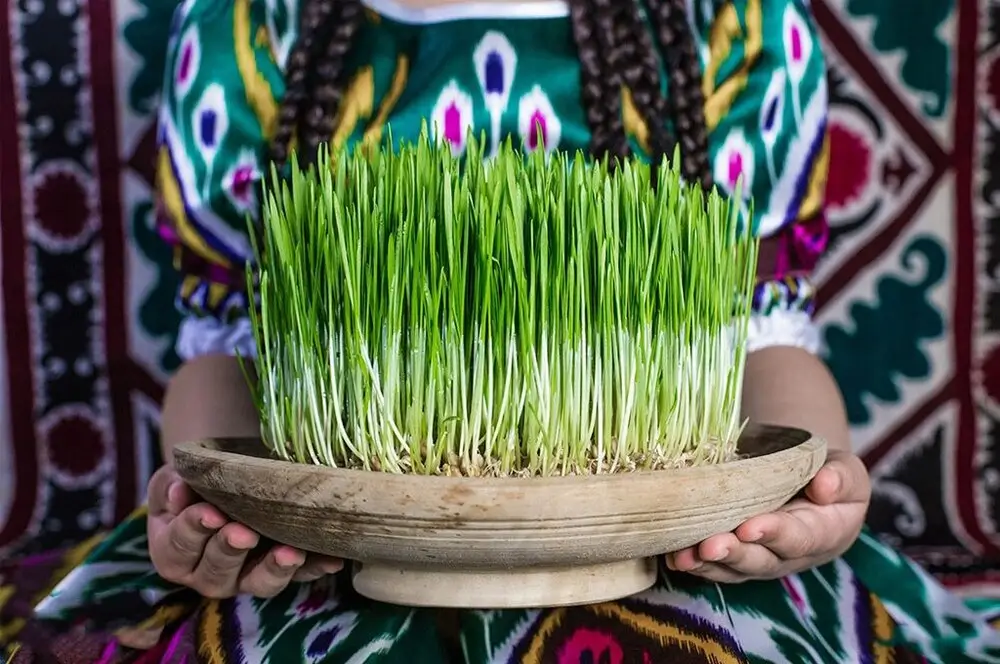 | Representing fresh growth and the awakening of nature. |
| 2 | Samanu (Sweet Pudding) |  | A symbol of sweetness, fertility, and abundance. |
| 3 | Senjed (Dried Oleaster Fruit) | 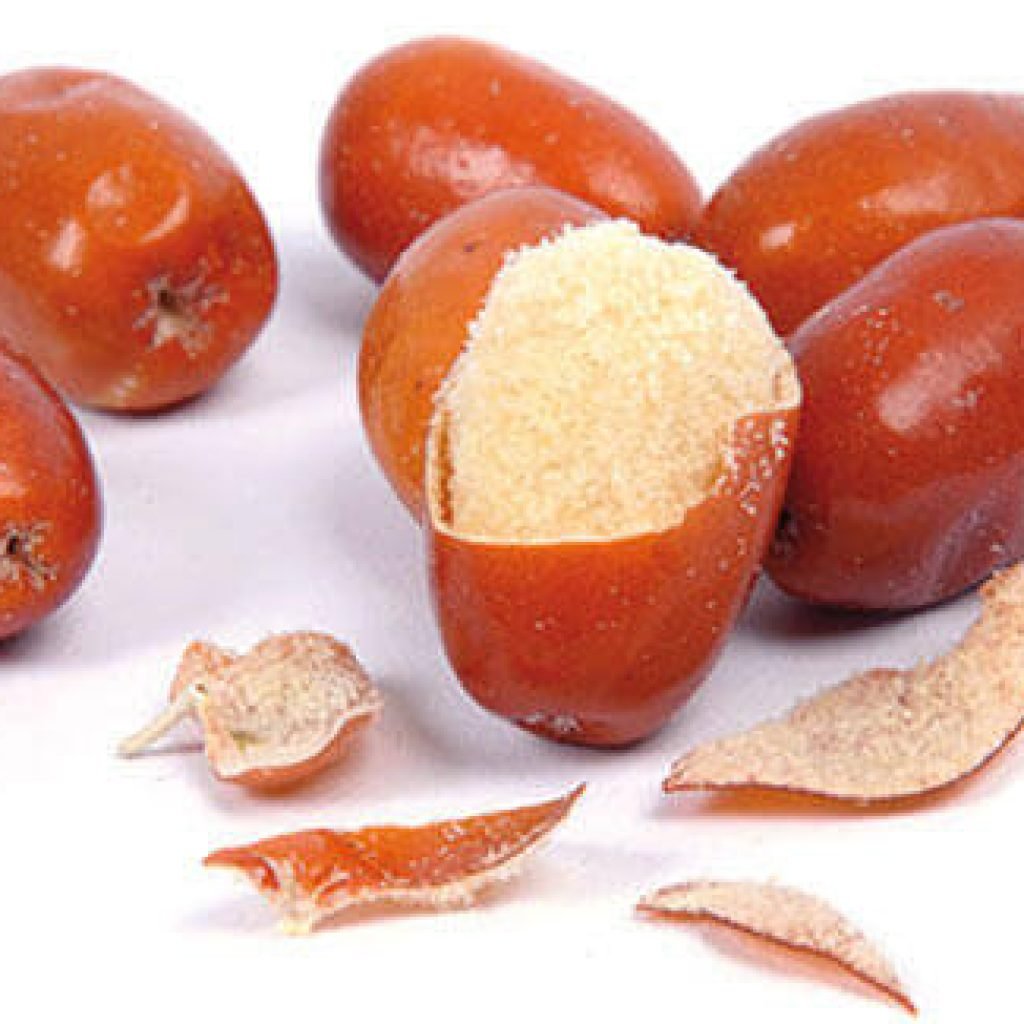 | Signifying love and affection. |
| 4 | Seer (Garlic) |  | Represents good health and protection. |
| 5 | Seeb (Apple) |  | Symbolizing beauty and health. |
| 6 | Somaq (Sumac) | 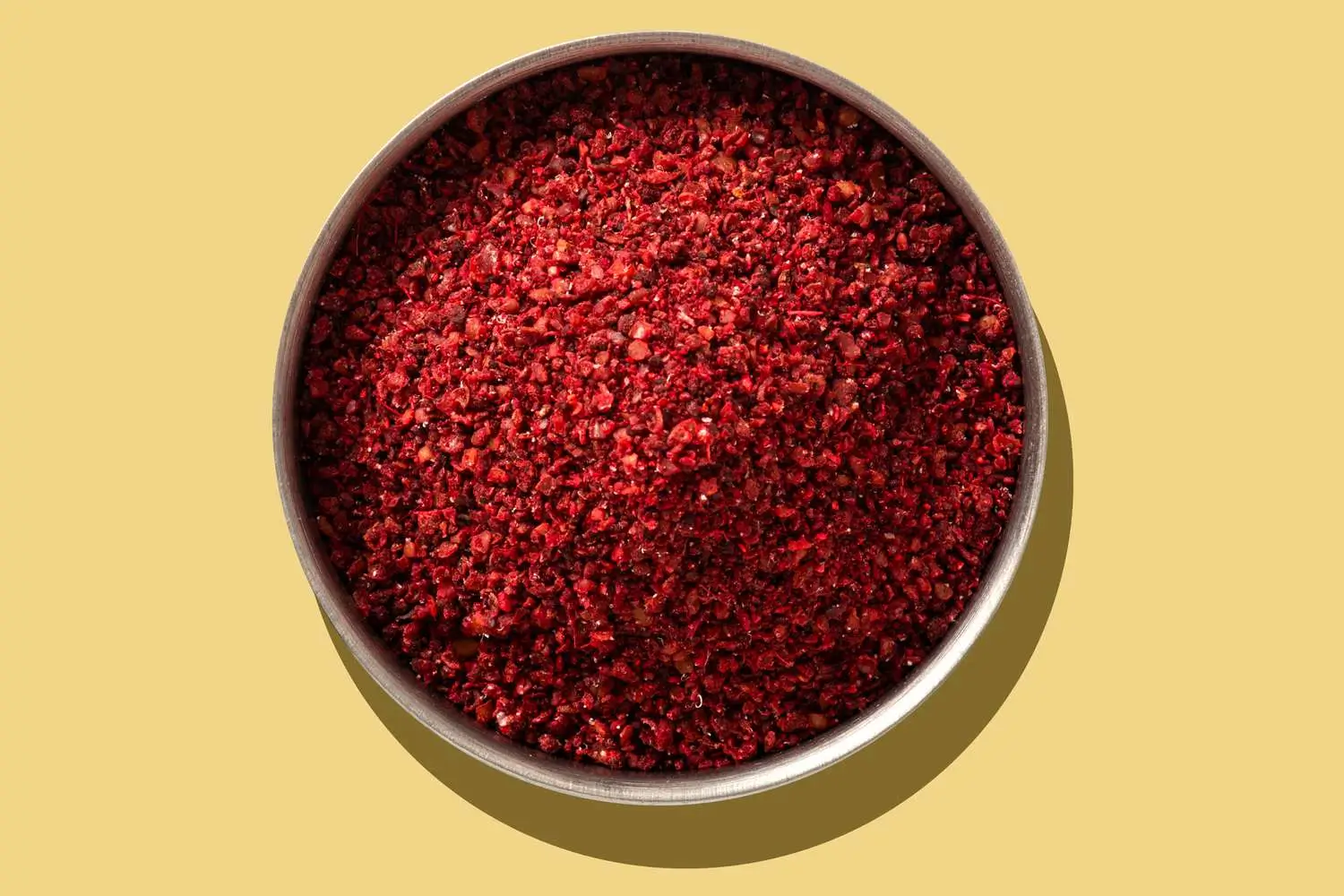 | A reminder of the sunrise, patience, and the zest of life. |
| 7 | Serkeh (Vinegar) | 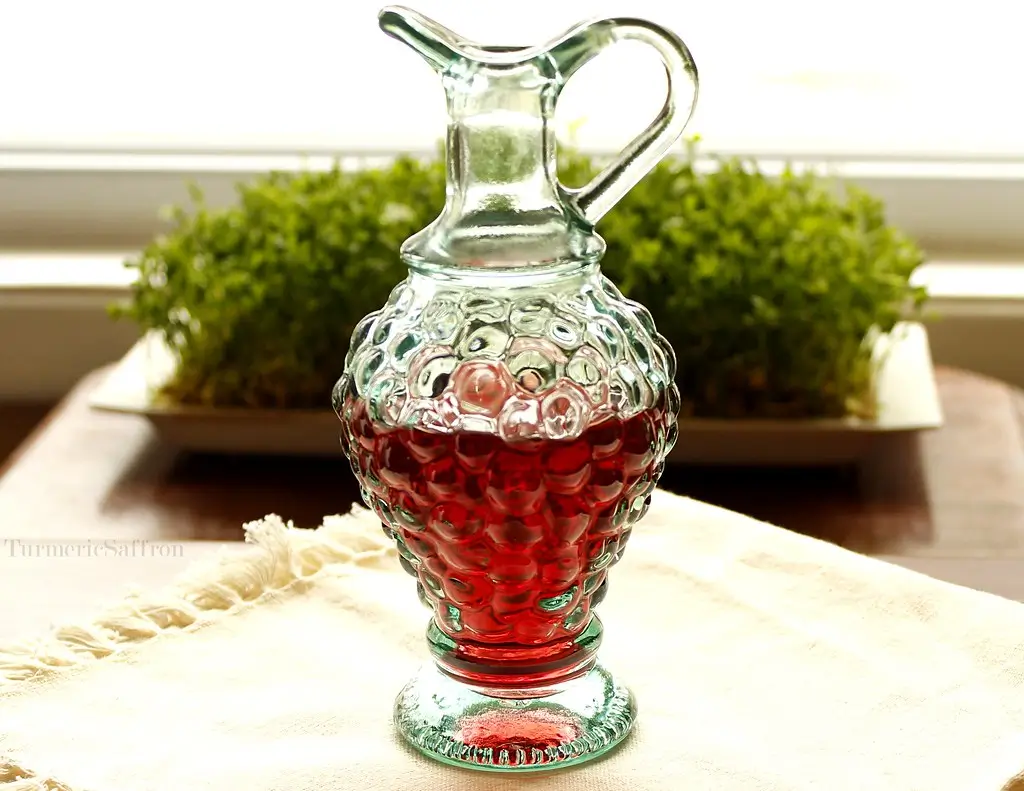 | Represents wisdom, acceptance, and overcoming challenges. |
- Beyond the Seven: While these are the core elements, families often add other symbolic items to their Haft Sin spread:
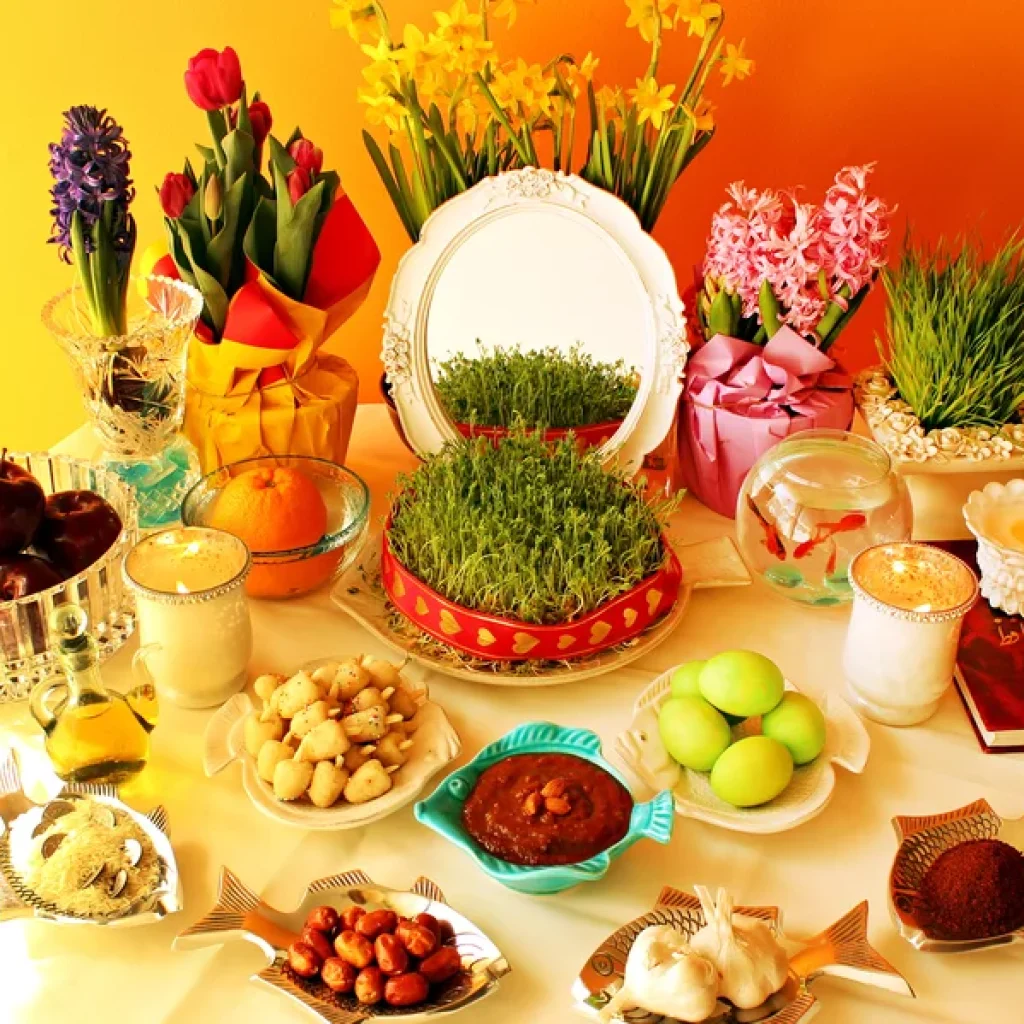
- Sekkeh (Coins): Signifying prosperity and wealth.
- Sonbol (Hyacinth Flower): A symbol of spring’s vibrant beauty.
- Shirini (Sweets): Representing sweetness and joyful celebrations.
- Tokhm-e-Morgh (Decorated Eggs): Symbolizing fertility and new beginnings.
- Goldfish: Representing life, movement, and blessings.
- A Mirror: Reflecting self-awareness and introspection.
- Candles: Symbolizing light, illumination, and hope.
- Holy Book(s): Representing faith and spiritual guidance.
- Setting Up the Table: Traditionally, the Haft Sin display is arranged on a tablecloth (Sofreh) spread on the floor. Today, tables are more common. The preparation takes place a day before Nowruz, with families gathering around the Haft Sin in anticipation of the new year.
The Enchantment of Symbolism
Each item in the Haft Sin carries a powerful message, reflecting the values and aspirations of Iranian culture. It’s a visual reminder of the importance of nature’s renewal, love, health, prosperity, and spiritual growth. The vibrant colors and textures of the display create a visually-appealing centerpiece that adds to the festive spirit of Nowruz.
A Tradition Steeped in History
The Haft Sin tradition has evolved over centuries. Its roots can be traced back to the ancient Iranian celebration of Nowruz, which marks the vernal equinox and the beginning of spring. Interestingly, the original version, Haft Shin, included items starting with the letter ‘Sh’ in the old Persian alphabet. With the arrival of Islam, wine (Sharab) was replaced with vinegar (Serkeh), and the tradition transformed into Haft Sin as we know it today.
Celebrating Life and Renewal
Haft Sin is a beautiful expression of Iranian culture’s connection to nature and its optimism for the future. It’s a time for families to come together, share stories, and celebrate the beauty of new beginnings. So, the next time you encounter a Haft Sin display, take a moment to appreciate the rich symbolism and cultural significance it embodies.
Haft Sin: A Beacon of Hope and Togetherness
The magic of Haft Sin extends far beyond its symbolic elements. It serves as a powerful social glue, fostering a sense of community and togetherness during Nowruz celebrations.
A Focal Point for Family Gatherings
Haft Sin acts as a central attraction in homes, drawing families together. Elders share stories and wisdom about the significance of each item, passing down traditions to younger generations. The act of preparing and arranging the Haft Sin becomes a shared experience, strengthening family bonds.
A Time for Reflection and New Beginnings
Nowruz, with Haft Sin at its heart, is a time for introspection and renewal. Gazing upon the symbolic items allows individuals to reflect on the past year, express gratitude, and set intentions for the year ahead. It’s a chance to let go of negativity and embrace the possibilities that a new year brings.
A Celebration Beyond Borders
Haft Sin’s significance transcends geographical boundaries. The tradition is observed by Iranian communities worldwide, fostering a sense of cultural identity and connection for those living far from their homeland. The Haft Sin display becomes a window into Iranian culture, allowing others to appreciate its beauty and symbolism.
A Timeless Tradition for a Modern World
In today’s fast-paced world, Haft Sin offers a valuable reminder of the importance of slowing down, appreciating nature’s cycles, and cherishing family bonds. It’s a tradition that beautifully blends cultural heritage with timeless values, making it relevant for generations to come. So, the next time you encounter a Haft Sin display, remember the rich history, symbolism, and sense of community it represents. It’s a captivating glimpse into a culture that celebrates life, hope, and the promise of a new beginning.
FAQS:
How is Haft Sin displayed?
Traditionally, the display is arranged on a tablecloth (Sofreh) spread on the floor. Today, tables are more common. Families prepare it a day before Nowruz.
What is the significance of Haft Sin?
Haft Sin is a beautiful expression of Iranian culture’s connection to nature and optimism for the future. It represents renewal, family gatherings, and setting intentions for the coming year.
Lorem Ipsum

